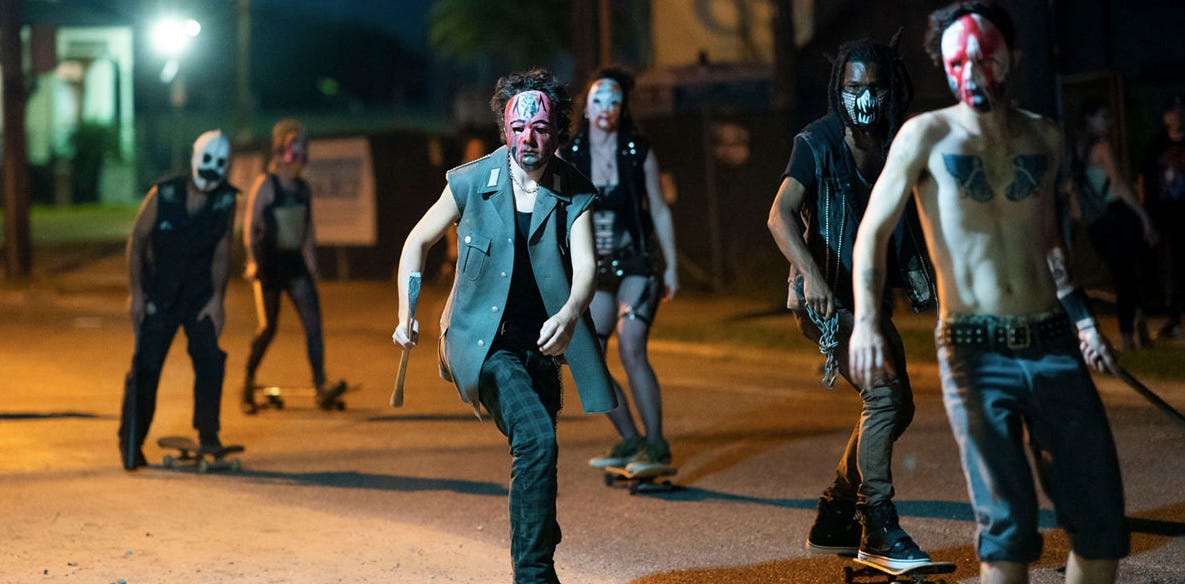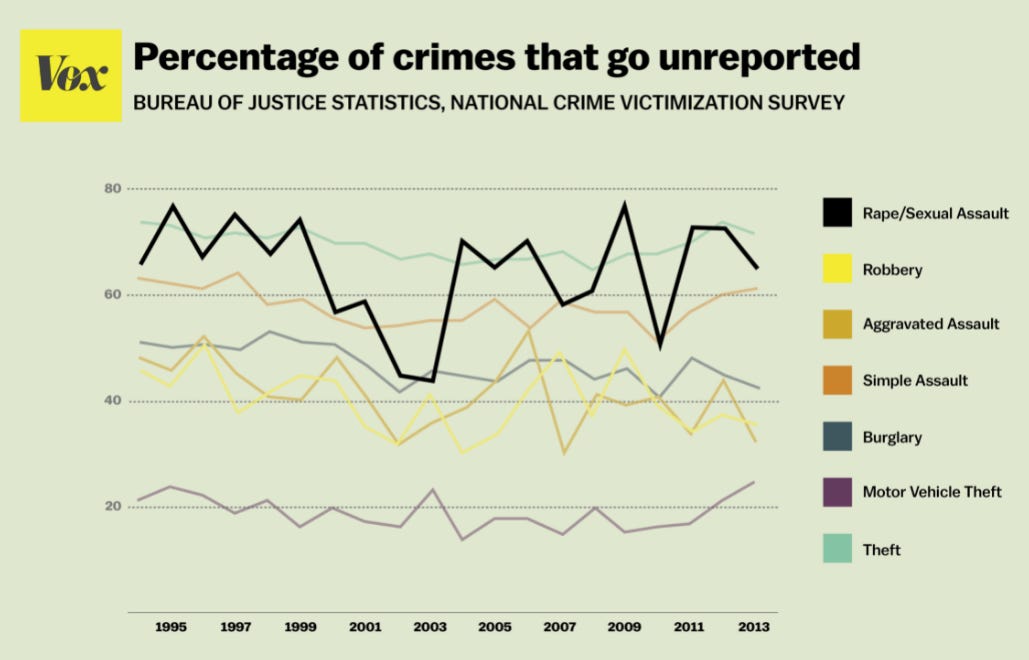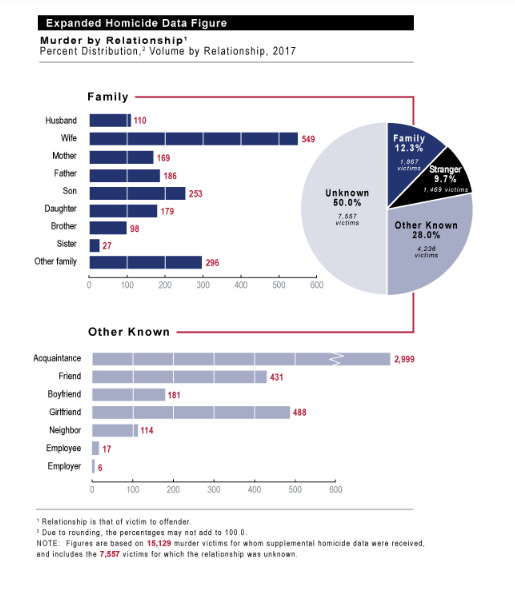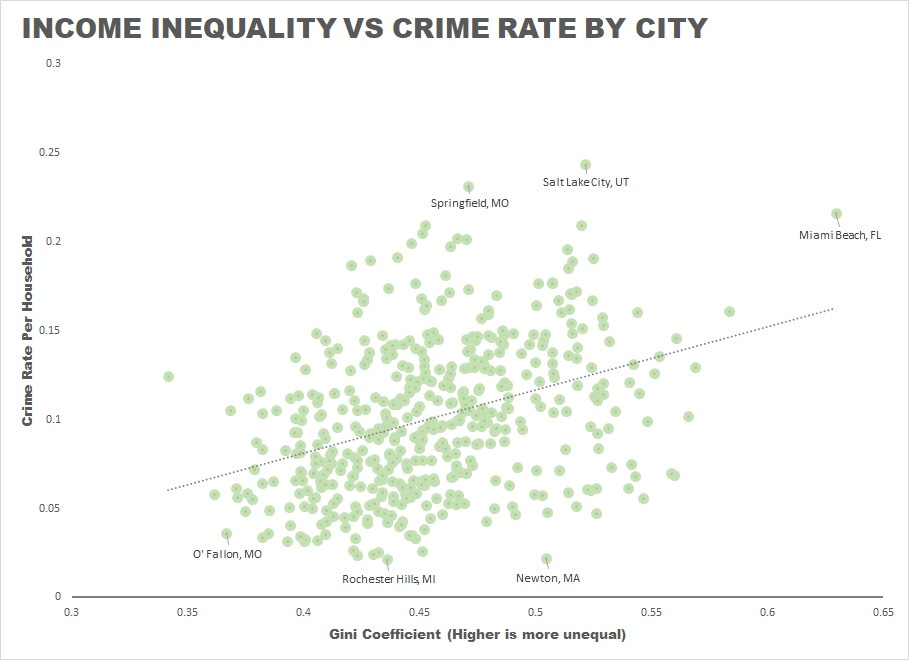Why The Purge wouldn't work
With the sixth entry in the movie series dropping on July 2, Adam Aasen examines the faulty logic in The Purge's plan to reduce crime and unemployment
“You don't remember how bad it was, Charlie, the poverty, all the crime. This night saved our country."
— “The Purge.”
The sixth movie in the low-budget (but high grossing) “Purge” movie series is coming out on July 2 and for more than eight years this Blumhouse horror franchise has explored the idea of: “What if for night all crime was legal?”
The publicized idea is that everyone would release their aggression and anger and all crime would be centralized to one 12-hour period. The rest of the year would be peaceful. The wealthy would hide in their homes with expensive security systems while those in poverty would unfortunately become victims during the after-hours slaughter.
The hidden agenda — not subtly explored at all in the movies — is that by killing the impoverished, the government saves money on government services such as welfare and those economic savings help balance the federal government. Crime is committed at a higher rate by those who are poor so decreasing their population will decrease the country’s crime rate.
Furthermore, The Purge has become big business, spurring “murder tourism” and increasing the stock prices for firearm manufacturers and insurance companies.
“We've lost our souls to attain this peace.
We no longer worship at the altar of Christ, Muhammad, Yahweh.
We worship at the altar of Smith & Wesson.
Whatever happened to ‘Give me your needy,’ ‘your tired,’ ‘your huddled masses yearning to breathe free’?
The redistribution of wealth upward through killing has to stop.”
— “The Purge: Anarchy"
I’m going to explain a few reasons, based on my three years as a police reporter for a major daily newspaper, why The Purge wouldn’t actually decrease the instances of crime happening and then I’ll briefly touch on why the hidden economic agenda is also based on faulty logic.
“We must rid ourselves of the negative emotions that she has stirred inside.”
— “The Purge: Election Year.”
Crime Statistics Are Just Being Manipulated
The Purge doesn’t reduce the number of murders. It just changes what’s considered a crime.
The actually number of killings wouldn’t decrease. It’s a way to not include it in annual crime statistics.
This is common when it comes to statistical analysis of crimes. Crimes that aren’t reported often don’t show up and are underrepresented. Often we see that because victims are afraid to come forward and tell their stories.
So the idea that The Purge is reducing crime is false. It’s just not counting it.
The Movie Doesn’t Understand Why Murders Occur
The movie’s premise is based on the true statistic that 70 percent of all murders are premeditated.
But someone who plans a murder might not be willing or able to wait months for the next Purge night to occur. A jealous ex-husband who kills his former wife might not bottle in their anger for months on end to finally act on it.
So would premeditated murders all be shifted to Purge night or would they still occur throughout the year, thus not really reducing violent crime numbers?
Premeditated doesn’t always equal patience.
They can be hastily or quickly planned. They are still planned.
What about those 30 percent that are not premeditated? These murders would occur throughout the year even if The Purge is real. When someone snaps they aren’t going to wait months until the next Purge.
James DeMonaco, director of the first three “Purge” movies, said he was cut off in traffic one day and said to his wife, “I want to kill that guy” and his wife replied “What if you could?” inspiring his movie concept. So even his inspiration wouldn’t necessarily work with the film’s concept.
The Movie Misunderstands The Relationship Between Murderers and Victims
Only 12 percent of murders occur between strangers. That means the vast majority of murderers know their victims. The idea of people roaming the street to kill random strangers because of a homicidal urge doesn’t really happen in our real world. In addition, the vast majority of premeditated murders — the crimes that theoretically The Purge could reduce — are committed by people who know their victims.
In many of these cases the victims, knowing that they might have a homicidal person in their lives, would hide or seal themselves up, thus removing the chance for the premeditated murderers to fulfill their desires. Any person with a crazy ex-spouse would likely take extra precautions on a night like The Purge. The opportunity might not be there.
The perfect example is in the third Purge movie when presidential candidate Sen. Charlene Roan finds out that she’s not longer exempt from The Purge and could be a possible target for assassination. Her secret service agent (Frank Grillo who also appeared in the second movie) takes extra precautions.
What about the premeditated murderer that kills strangers? In our current real world, that’s very rare.
We are talking about serial killers and mass shooters, people who fill up airtime and headlines but statistically don’t make up a huge percentage of crime that occurs. These are the crimes that scare most of us and we should do everything to stop as a society but the truth is that public mass shootings — defined as four or more individuals killed as part of the same incident in a 24-hour period — make up less than one-tenth of 1 percent of all murders. Academic estimates say the average number of serial killer victims in any given year range from 67 to 180 but there are more than 16,000 homicides every year in the United States. That’s 0.4 percent of all homicides annually.
Murderers Can’t Just ‘Get It Out Of Their System’
Whether it’s drugs, alcohol, sex, etc., the idea that one could indulge in sinful behavior and “get it out their system” and no longer crave it anymore is a faulty premise. It’s why so many drug addicts will go on a binge before entering rehab and likely find that their stay in rehab isn’t very successful longterm.
I’m going to explain this concept in further detail in a longer column that will appear on TheFilmYap.com tomorrow morning.
There Are Consequences To Murder Beyond Our Justice System
The idea of the movie is that so many people would commit murder if they knew they wouldn’t go to jail. But is that the only reason people don’t do that? I don’t think so. There’s a societal cost to committing such an act. One would be seen as a social pariah depending on the person. You just can’t kill your co-worker and show up the next day and expect your boss to act like nothing happened. Plus, there’s the guilt that most every day people would feel for doing something that almost all agree is inherently immoral.
Our Justice System Isn’t A Strong Enough Deterrent
Many who decide to commit violent crimes like murder have nothing to lose in their own lives. They might be mentally ill and without a family. Going to prison is a bigger deterrent when you have a good life at home. The Purge suggests that people wouldn’t commit murder the other 364 days of the year because they would fear prison. But that doesn’t seem to be the case for many Americans. And this is proved statistically. Longer jail sentences have no effect on the crime rate. Criminals who are sent to prison have a higher recidivism rate than those who receive probation for the same crimes, showing that the fear of going back to prison isn’t a true deterrent.
This is proven by the fact that states that have the death penalty — the harshest form of punishment that our government gives out — have nearly identical murder rates as the rest of the nation. In fact, death penalty states actually have higher rates.
The threat of the death penalty is not a deterrent to committing murder.
The Purge Would Actually Encourage Murders That Wouldn’t Otherwise Occur
If anything, The Purge would have the strongest effect on those that wouldn’t be likely to commit murder anyways.
Without any criminal punishment or societal shame, would everyday people commit murder? It’s possible.
But if these people kill during The Purge (and would not have committed such an act it were illegal) then these killings are doing nothing to lower the crime rate. In fact, they are encouraging additional violence that would have never came to be.
The Economic Motivations Behind The Purge Are Wrong Too
This brings us to the idea that the real hidden motive of The Purge is to kill off poor black people who cost the government when it comes to social services, such as welfare. They are also more statistically likely to commit crimes like murder.
In the movie, people theorize that the real reason that crime is dropping and unemployment numbers are low is because the poorest in society — who cannot afford high-tech security systems — are often killed off in The Purge.
The movie theorizes that since most crimes, including violent crimes, are committed by people in poverty then crime statistics would decrease.
It’s not truly backed up by accurate figures.
Truly, poverty isn’t the driver of crime but rather income inequality. The larger the divide between the rich and the poor then the higher the crime statistics, according to a recent FBI Study.
Killing off the poor in The Purge movies wouldn’t actually decrease the wealth gap, rather it would turn those in the middle class into the “new poor.” That’s because the wealth is concentrated in so few individuals in the U.S. with the top 1 percent holding about 40 percent of the nation’s wealth.
Furthermore, without the rich there would be no poor. Many of the nation’s wealthiest Americans have built up their wealth by exploiting workers for minimal wages. Why would they organize a night to kill these people off?
The perfect example is the landlord/tenant relationship. Housing costs continue to skyrocket faster than wages, allowing the rich to get richer while the poor spend a larger chunk of their paycheck to just have a home.
Even the lowest-income families spend 40 percent on luxuries, according to a recent study. That means they are spending on things like iPhones and sneakers and dining out, things that add profits for the wealthiest Americans.
In Summary
While The Purge might reduce money spent on homelessness, that’s already shamefully low. The U.S. spends about $3 billion a year, which sounds like a lot until you consider the annual federal budget is $4.75 trillion. That’s 0.06 percent.
Killing poor people won’t solve our economic problems and making murder legal one night a year won’t reduce the murder rate. But at least it makes for an entertaining movie franchise.
















Loved the graphs and stats. I will save them all, independently they are all incredibly interesting. Much thanks for the share and work there! And many of the points toward a Purge are indeed, valid and correct.
Also, in fact, murderers do tend to "get it out of their system." You're discussing drug addicts (and could talk about rapists), but murder has the lowest recidivism rate across all crime categories, and it is very rare for convicted murderers to commit another homicide. And I, actually like to cite my sources...
https://www.sciencedirect.com/science/article/abs/pii/S1359178912000882